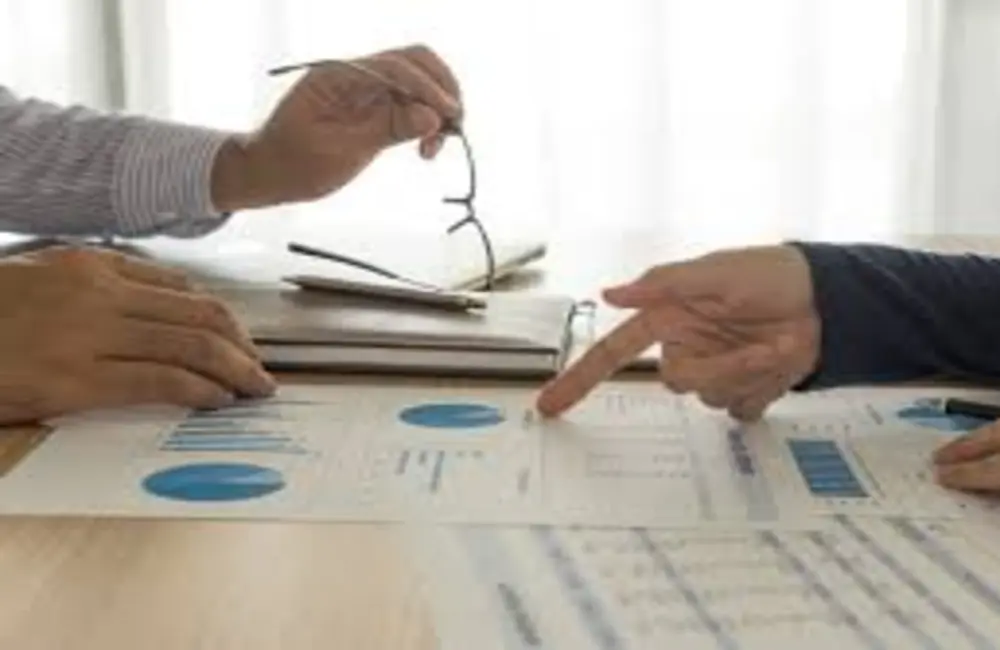Josh Frydenberg delivered his fourth Budget on 29 March and Jim Chalmers will deliver his first later this year on 25 October. Looking ahead to an election in which took place on 21 May, Frydenberg delivered short term fixes on cost of living not structural deficit. He reduced the fuel excise for six months, he bolstered the low and middle-income tax offset (LMITO) and he has extended the 50% reduction on super pension drawdowns.
But the goodies in those budgets also worked on your personal bank account, eventually the Reserve Bank finally and belatedly recognised that Australia had some serious inflation issues and started to hike the cash rate on 4 May. So there was monetary policy acting to suppress spending at the same time that fiscal policy was supplying additional stimulus. It was a policy confusion Jim Chalmers should steer clear of in case it ends up nudging Governor Philip Lowe even harder. "We are not anticipating any new cost-of-living relief, though we will honour (existing) commitments," Chalmers said last week:
“The Budget is six or seven weeks away, but we’ve been very plain to people that we want the cost of living relief that we have announced to be implemented. That will be in areas like childcare, it will be medicines, TAFE fees, the cost of electric vehicles and also we want to get wages moving in this economy once more. The Budget will be for a few things. It will be first and foremost about how we deliver some cost-of-living relief responsibly in a way that is not adding to pressure in the Reserve Bank."
How do you feel about the big decisions the new Government has to make? At some stage, Australia has to determine how it is going to raise the revenue it needs to support the services that we want and perhaps repay some of the debt. In our Reader Survey this week, we want to know what you think about the Stage 3 tax cuts, taxing super profits from mining, cost-of-living relief, when child care subsidies kick in and inflation expectations and why (in 25 words or fewer for each issue). We’ll send them to the Treasury as something for them to consider in the Budget (your guess is as good as ours re impact).
The Stage 3 tax cuts will not be included in the next Budget as they are already legislated. As the assistant minister to the Prime Minister, Patrick Gorman, said last week:
“The decision has been made, it’s been taken to the election. No question, those tax cuts have been two elections. “This has essentially been codified.”
That’s not likely to be so easy, physically or politically or economically. And, of course, the implementation date is two long years away, on 1 July, 2024, while the Government presents them as an election promise rather than an economic necessity. It provides a barnacle-covered target to their opponents for 24 months and particularly so when the Parliamentary Budget Office (PBO) analysis reveals that the richest 1% of Australians will receive tax cuts equivalent to that of the least well off 65% of the Australian population. Those making less than $45,000 actually don’t get anything, yet there are plenty of so-called working class jobs that pay way more than $45,000, the low end of the cuts.
Meanwhile, the most recent ABS data says that tax revenue as a % of GDP is rising, whereas taxes can be casts a disincentive to save, earn and spend. But we have to pay for rising health costs, NDIS, education, defence, social security, all under a Labor government. We’re only at the beginning of this argument, so weigh in. The PBO said:
Australia mirrors wealth trends we more typically associate with the United States, as research by University of NSW and ACOSS released in July 2022 revealed that on average Australians are now the fourth richest people in the world with ever–growing disparities. Roughly 69 percent of the increase in household wealth during the pandemic was in residential real estate.
“Once again, this report is a stark reminder that there is not an even distribution of wealth across Australia. This year we have over 130 billionaires in this country, and last year they saw a $395 million increase in their wealth on average, or a 12% increase. It means that they now own nearly as much wealth as the 2.8 million households at the bottom 30 percent of the population.”
In the United States, higher-than-expected inflation on Tuesday night dealt stock markets a blow, washing away the optimism that the peak of inflation may have already passed. Double-digit drops in the price of petrol were enough to give the market hope the CPI might come in below its consensus forecasts but there was a 0.6% rise in ‘core inflation’ over the month, double the expected rise, taking the annual rate to 6.3%, from 5.9% last month. The US Fed will be left with few options but to ease the market by 0.75% at least next week and the market is giving it a 30% of 1%. The S&P 500 dropped 4.3% while the NASDAQ dropped 5.2%.
This tweet from a Financial Times reporter is yet another reminder of the hazards of guessing in this market. The FT switched swiftly from its morning headlines that “Economists expect consumer prices to have moderated again in August” to “US stocks drop after hotter than expected inflation reading.” Thanks for the advice.
During an era of rapid change and overwhelming policy issues, please take our Reader Survey, and include any other national policy issues that you would like us to keep an eye on. After some more reader questions on whether inflation erodes the value of household debt and is thus good for home borrowers, we talked to other economists.
In her ongoing series on SMSFs, Meg Heffron explains why she disagrees with a previous article about the importance of waiting until high balances are achieved before entering into an SMSF by a younger member. Meg did it earlier (before she got into SMSF) and has the why.
The latest financial year served up a grab bag of performance figures from our major superannuation funds, and a controversy around the way some unlisted assets are revalued. At Frontier, David Carruthers investigates the numbers to discover if fund size, type of assets or risk category took the lead.
As investors continue to be lured by the higher yields offered by bonds, make sure to see how the default rates differ at different levels of borrower quality. We will have a look with Matthew Macreadie from IAM Capital Markets at the latest default data from S and P.
Asked to make the case for his role as Chief Investment Officer, Dan Kemp argues that when posed with the most crucial question of all time, his focus is where it should be.
Professor Kevin Davis has been part of many of the discussions surrounding superannuation policy, including as a member of the Financial Systems Inquiry. He examines funding ‘inflation’ in both the banking system and super funds, and builds the case for long-term investing with a person’s post-retirement savings pool.

























